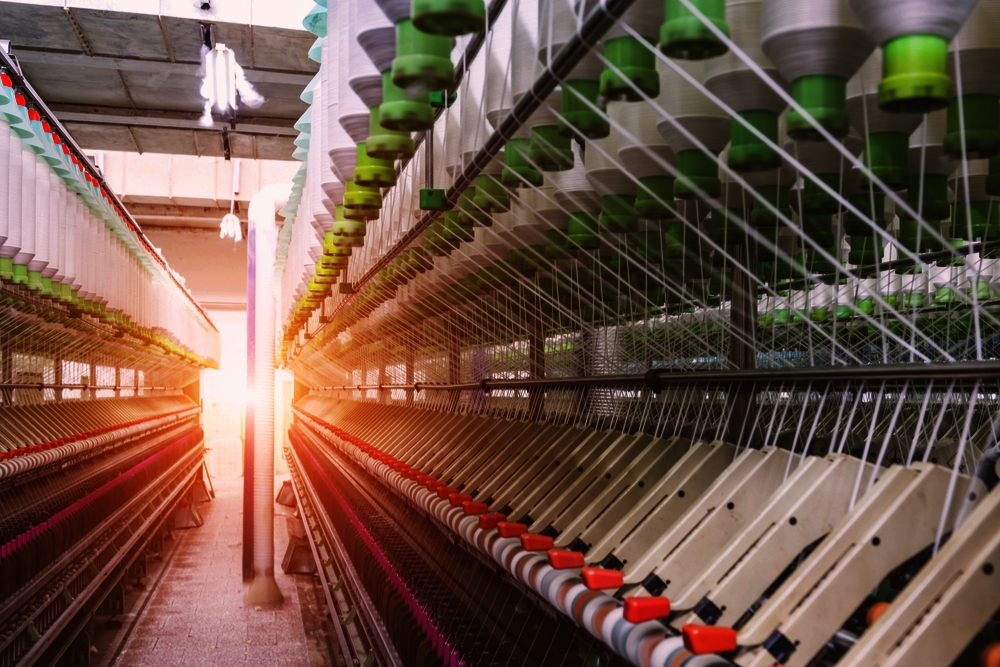How nanotechnology could change food packaging

With there being a lot of stigma about ‘are nanomaterials safe?’, you may be surprised to hear that nanotechnology, and nanomaterials, are being considered for food packaging applications. Obviously, like any new area, an area where consumers are involved and areas where food is used, there are always going to be concerns, but the European Commission has been working on the safety of nanomaterials in food packaging applications through government funded projects, and working with expert organisations such as SAFENANO.
Materials of nanoscale dimensions, including polymers, biopolymers and other nanocomposites, can be incorporated into food packaging to increase the strength, durability, gas barrier, humidity resistance and biodegradability of the packaging. However, given that the cost of food packaging is traditionally low, any advances in these properties must not incur a huge increase in cost.
Yet, there are also many other areas, other than structural benefits, where nanotechnology and food packaging meet. These are in active packaging and smart packaging. For active packaging, nanomaterials, such as nanosilver, nanocopper, nanotitanium and carbon nanotubes, can be used to provide an antimicrobial barrier, and oxygen and UV scavenging properties, with the most promising area being in the use of nanosilver-based particles. On the area of smart packaging, nanomaterials are used in a sensing capacity to determine if there has been any change in the microbial activity or the releases of gases within the food that could cause it to spoil. Additionally, nanomaterials are also being trialled as a tracing material within food packaging to prevent counterfeiting.
The Use of Nanodiamonds?
This is an interesting area, one which has a lot of academic interest and research going into it, but not a lot of worthwhile real-world use—not yet anyway, or not at any point unless the price can be brought down to about 1/50th of its current cost. One of the irks of the food industry is that they don’t like to pay for packaging at the best of times, so when presented with a new packaging that costs 50 times the conventional plastic trays they are using now, they are not going to go with it—no matter how much better the packaging is.
Nevertheless, from an interesting and different perspective against the norm, it is worth mentioning. I was only informed of their use recently when I attended a nanomedicine conference in Manchester. Yet, despite food packaging not falling under this banner per se, I was quite astonished at the fact there was multiple talks on the specific use of nanodiamonds within food packaging. So, I obviously checked it out. Whilst there is academic merit, it is not a practical solution. There were claims that nanodiamonds in food packaging can provide enhanced oxygen-barrier and antimicrobial properties to the packaging, and whilst there may be a bit more reason to implement them in pharmaceutical packaging (although that is still unlikely), for food packaging, it will not happen now or in the near-future and this is mainly due to the price point that manufacturers would have to charge for their packaging.
Regulatory Issues?
In general, food producers have a duty of care to ensure that their food products are not going to cause harm to the consumer from excess microbe growth. Whilst nanomaterials can offer a way to prevent this, they too need to be tested to ensure that toxic levels of nanoparticles are not migrating from the packaging into the food. Whilst each nanomaterial is evaluated individually, the general consensus is that for one cubic litre of packaging containing 1 Kg of food, the upper migration limit is 60 mg per Kg of food. As it stands, there are many factors, including the type of nanomaterial used and the foodstuff—with their being studies showing that acidic food and microwave heating (more so than oven heating) promotes the migration of the nanomaterial into the foodstuff. More studies are currently being done on this area, as some metal nanoparticles show migration values above the permitted threshold limit, whilst others are below—so before nanomaterials can be widely used in food packaging, there is a need for clearer toxicity and nanoparticle migration results.
Written by Liam Critchley.





